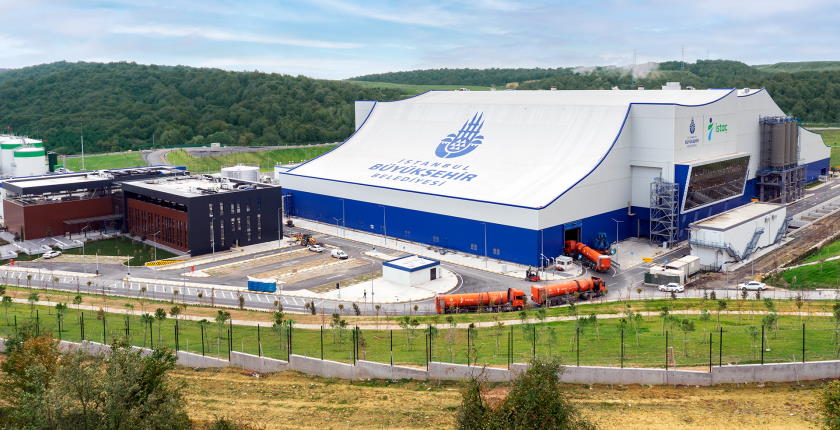
Photo: Istanbul Metropolitan Municipality
The Istanbul Metropolitan Municipality produced 844 GWh of power in waste incinerators and from landfill gas last year. The output was equivalent to the electricity needs of 1.2 million people. The authorities said the measure would grow to two million people in 2022 as the capacity has been expanded.
Turkey’s largest city is aiming for carbon neutrality in 2050 with its climate action plan. The authorities in Istanbul are running waste-to-energy facilities at the landfills of Seymen and Odayeri on the European side and Kömürcüoda in Asia. The new Odayeri plant, which was put into operation late last year, is projected to boost the combined output of electricity to 1.3 TWh this year.
The expected production of power obtained from waste in the city this year would cover the needs of two million people, Istanbul Metropolitan Municipality said. It compares to 844 GWh from 2021.
The waste-to-energy systems are managed by municipal firm Istanbul Environmental Management Industry and Trade (İSTAÇ). Landfill gas was the source for 600 GWh in 2021 while 235 GWh was produced in incineration plants. Landfill gas is extracted with perforated pipes at the city’s covered landfills.

The new biomethanization facility in Odayeri added 9 GWh to the tally last year. Aside from electricity, it makes compost and fertilizer for parks, gardens and agricultural production throughout Istanbul. The entire waste management center has a capacity of one million tons per year or 15% of waste generated in the city with almost 16 million people.


















Be the first one to comment on this article.